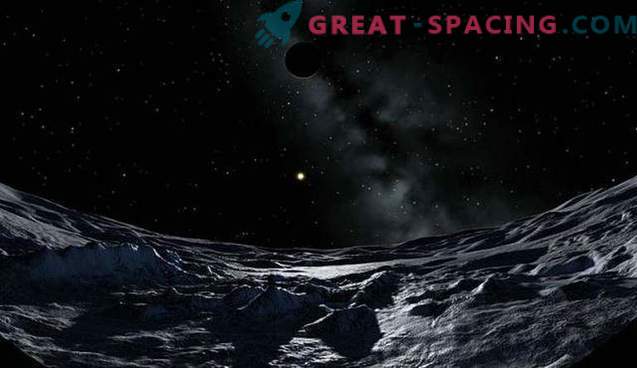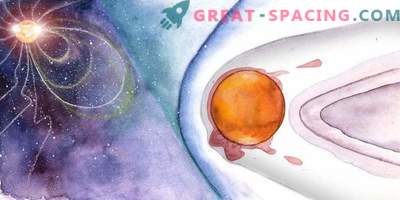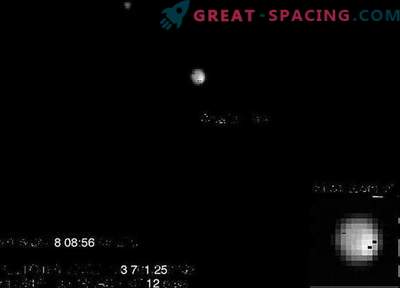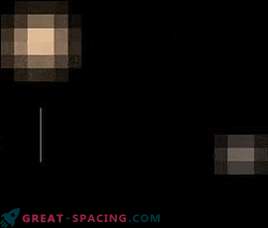
NASA’s New Horizons mission confirmed that the dwarf planet Pluto has its own atmosphere, which resembles a long plasma tail, resembling a comet's tail.
Although Pluto is located 40 times farther from the Sun than the Earth, but this does not mean that it does not depend on the solar wind - the flux of ionized particles emitted by the sun. When the solar wind interacts with Pluto, its atmosphere is thrown back and lost in space, forming a long tail from 48,000 miles (77,000 km) to 68,000 miles (109,000 km) in length.
Such features, as is known, are inherent in Mars and Venus - the absence of a global magnetic field allows the solar wind to blow atmospheric gases into space. In the case of the dwarf planet Pluto, the New Horizons PEPSSI spectrometer (short for Pluto Energetic Particle Spectrometer Science Investigation) discovered nitrogen ions before the mission made a close flight, and SWAP (short for Solar Wind Around Pluto), which is intended for measuring the interaction of Pluto with the solar wind, discovered a cavity of the solar wind filled with nitrogen ions. These studies show that nitrogen in the atmosphere of Pluto is ionized by ultraviolet light from the sun, and then, thanks to the solar wind, forms a long tail.
“This is a first look at Pluto’s environment,” said Fran Baggenal of the University of Colorado, Boulder, who heads the New Horizons Particle and Plasma Department. "We will get more data in August, so we can combine this data with the measurements of Alice and REX tools, and finally understand how fast Pluto loses its atmosphere. After that, we will be able to answer other questions regarding the evolution of the atmosphere and the surface of Pluto ".











































